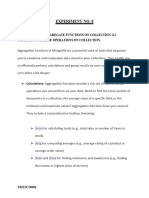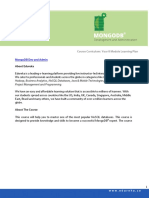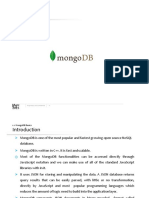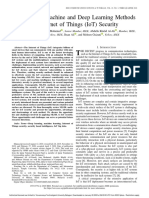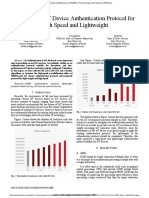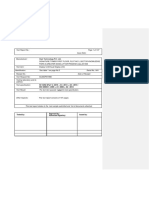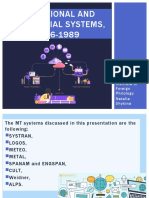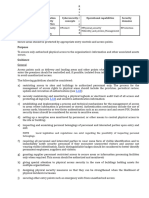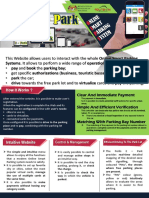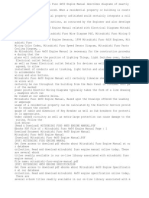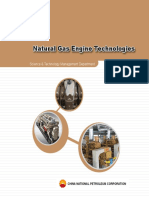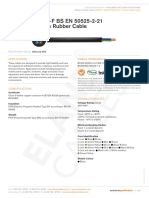0% found this document useful (0 votes)
149 views3 pagesmongoDB Syllabus
This document outlines a semester course on MongoDB. It provides course details like code, credits, objectives and 10 experiments covering MongoDB commands, queries, indexing, aggregation and text search.
Uploaded by
Dhananjaya GMCopyright
© © All Rights Reserved
We take content rights seriously. If you suspect this is your content, claim it here.
Available Formats
Download as PDF, TXT or read online on Scribd
0% found this document useful (0 votes)
149 views3 pagesmongoDB Syllabus
This document outlines a semester course on MongoDB. It provides course details like code, credits, objectives and 10 experiments covering MongoDB commands, queries, indexing, aggregation and text search.
Uploaded by
Dhananjaya GMCopyright
© © All Rights Reserved
We take content rights seriously. If you suspect this is your content, claim it here.
Available Formats
Download as PDF, TXT or read online on Scribd
/ 3





















